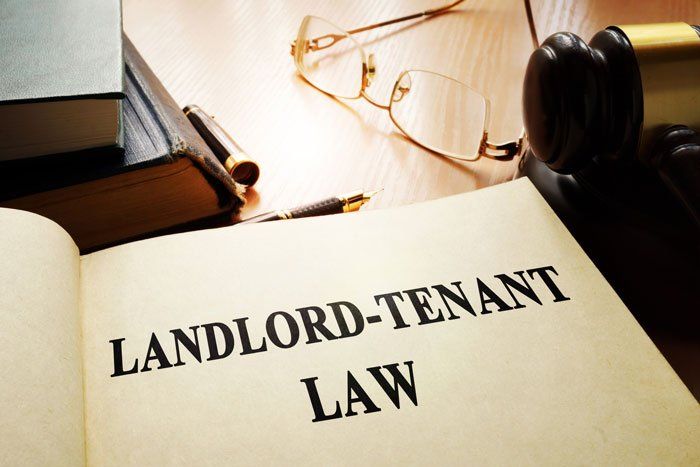When You Slip And Fall, Your Landlord Could Be Responsible
When someone slips and falls on their property, they typically place sole liability for their injuries on themselves. However, when the victim is renting the property, this isn't always the right assessment. When an individual slips and falls in an apartment, condo, or house they're renting, the landlord may share some, if not all, of the liability.
Landlord Negligence
One of the perks of renting a property is the absence of the responsibilities that come along with ownership. Provided you aren't at fault, when there is something wrong with the property, you can defer these tasks to the owner, as it is their responsibility to maintain the property. In the same aspect, it is the responsibility of the owner, or landlord, to ensure the property is safe.
When the landlord has knowingly failed to accomplish this, this is known as an exercise of landlord negligence, which leaves property owners responsible for any injuries or other losses experienced as a result of the slip and fall. It's important to note that landlord negligence is generally only a defense when the incident occurs in a common area, not inside the unit itself.
When you injure yourself in the unit, the landlord will argue that you rented the property well aware of the risks or you failed to take measures to improve the conditions and ensure your safety.
Examples of Landlord Negligence
Landlord negligence comes in a variety of different forms. A tenant that falls on a patch of ice after inclement weather, a tenant that trips over a large pothole in the parking lot, or a tenant that falls due to uneven or poorly maintained steps are all examples that typically fall into the realm of landlord negligence.
Proving Negligence
Unfortunately, it's not enough to suffer injuries to prove that your landlord was exercising negligence and on its own, the location of the incident isn't enough to show this. To establish negligence the landlord typically:
- Must not have taken any action to rectify the problem. Take a tenant slipping on ice, for instance. If the landlord did treat the walkway, but someone still fell, they may not be liable. Whereas a landlord that did not treat the sidewalk at all, and was aware of its condition, is negligent.
- Knew about the hazard for a while. A hazard that was just created might not be landlord negligence, as the landlord may not have had adequate time to address the situation. A hazard that has been around for weeks or months is different.
- Did not warn residents of the hazard. Using a pothole as an example, if the landlord put up a barrier around the hole or warning sign, this generally doesn't equal negligence, as the landlord took steps to protect residents. A pothole that the landlord is aware of and doesn't try to alert residents of is negligence.
To strengthen your case, do your part by keeping as much information as you can. For example, if you emailed the landlord about a damaged step several weeks ago, a copy of this email will serve as proof that the landlord was aware of the hazard and exercised negligence in not rectifying the problem.
Even if you called the landlord to notify them, keeping a record of your call log can help prove your efforts to make them aware.
Not only do you deserve to live in a community that meets your list of needs and wants; you also deserve to be a part of a community that is safe. If you, or a loved one, suffered a slip and fall that left you injured, it's essential that you speak with someone to determine if your landlord was exercising negligence and what your options are.
At Wegner & Associates, we are here to help you.

